Discover the essential spices that define Korean cuisine, from fiery gochugaru to aromatic garlic and ginger. These ingredients are the foundation of authentic Korean dishes like kimchi, bulgogi, and bibimbap. Whether you're a home cook or a culinary enthusiast, this guide covers the must-have Korean spices for vibrant, traditional flavors.
Table of Contents
- Key Korean Spices: A Quick Reference
- Gochugaru: The Heart of Korean Heat
- Garlic: The Flavor Base of Korean Cooking
- Ginger: Fresh and Aromatic Depth
- Sesame Seeds: Nutty Finish for Dishes
- Soy Sauce: Umami Essence in Korean Cuisine
- Buying Guide: Selecting Authentic Korean Spices
- Frequently Asked Questions About Korean Spices
- Conclusion
Key Korean Spices: A Quick Reference
Here's a concise overview of the core spices used in Korean cooking. Each brings unique characteristics to traditional dishes:
| Spice Name | Origin | Flavor Profile | Common Uses |
|---|---|---|---|
| Gochugaru | Korea | Smoky, slightly sweet, medium heat | Kimchi, stews, marinades |
| Garlic | East Asia | Pungent, savory, aromatic | Bulgogi, soups, sauces |
| Ginger | East Asia | Warm, citrusy, slightly spicy | Marinades, teas, stir-fries |
| Sesame Seeds | East Asia | Nutty, toasty, subtle sweetness | Salads, rice dishes, garnishes |
| Soy Sauce | East Asia | Salty, umami, rich depth | Dipping sauces, braises, seasoning |
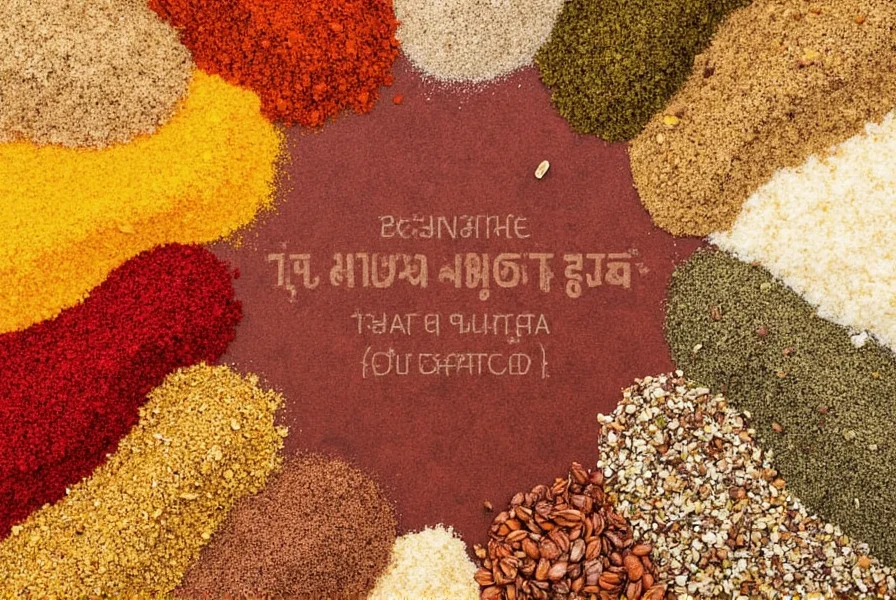
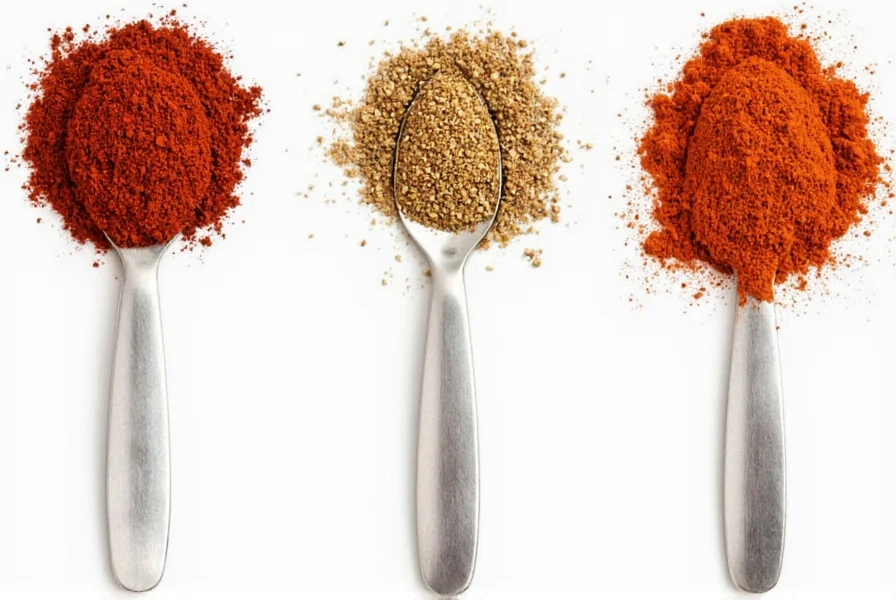
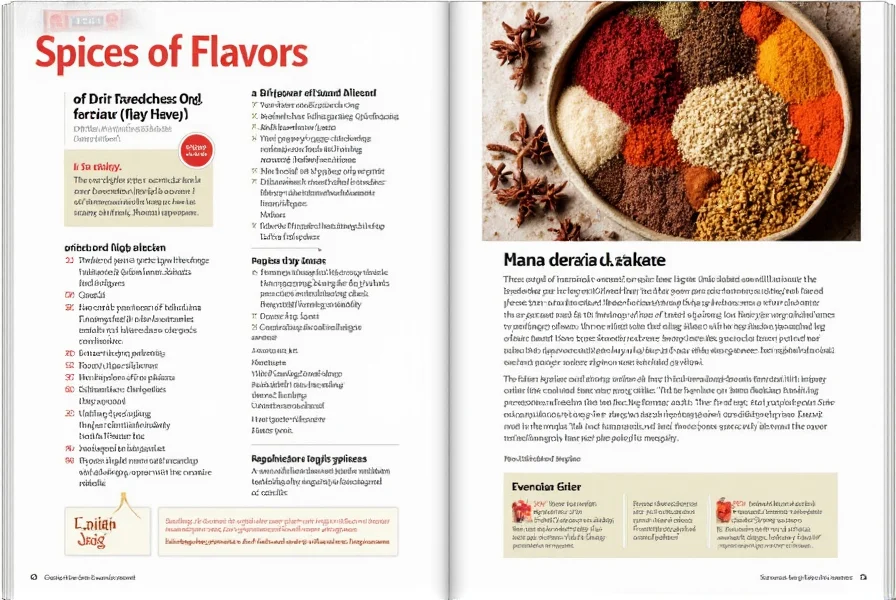
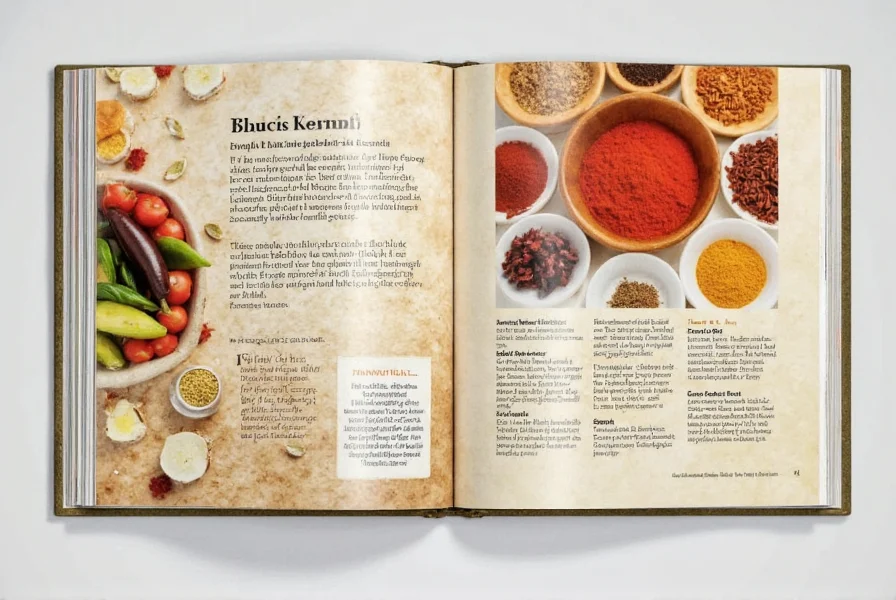
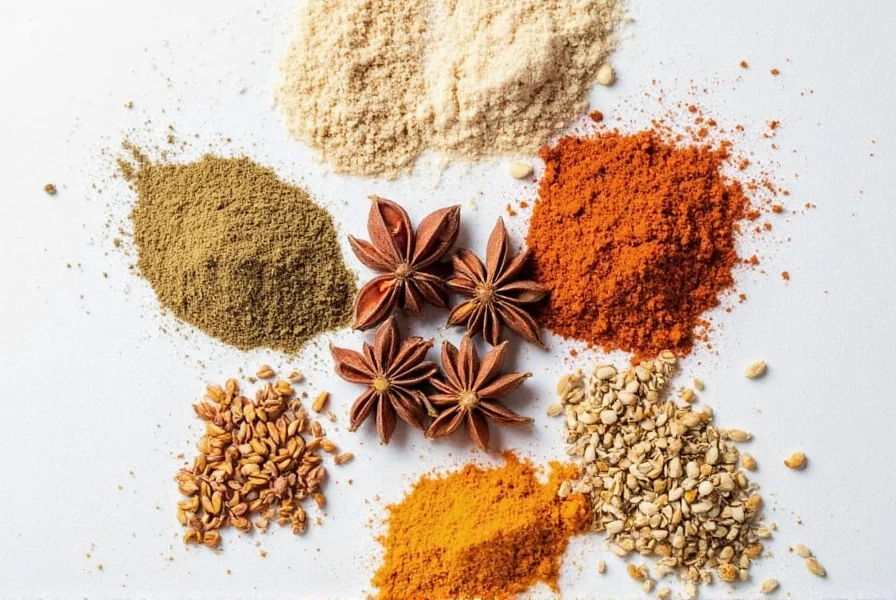
Gochugaru: The Heart of Korean Heat
Gochugaru (Korean red pepper flakes) is the cornerstone of Korean cuisine. Made from sun-dried red chili peppers, it delivers a balanced smokiness and mild heat without overwhelming spice. Unlike generic chili flakes, gochugaru has a coarser texture that adds visual appeal and depth to dishes.
Essential for kimchi, gochugaru is also used in stews like kimchi jjigae, marinades for bulgogi, and sauces for tteokbokki. Its unique flavor profile—sweet, smoky, and moderately spicy—makes it irreplaceable in authentic Korean cooking.
Garlic: The Flavor Base of Korean Cooking
Garlic is fundamental to Korean dishes, providing a pungent, savory base that enhances almost every recipe. Fresh garlic is minced or crushed for marinades, while roasted garlic adds sweetness to soups and sauces.
In bulgogi (marinated beef), garlic is combined with soy sauce and sugar to create the signature sweet-savory profile. It's also key in kimchi fermentation and dipping sauces like ssamjang. For best results, use fresh garlic cloves rather than powdered, as it delivers superior aroma and complexity.
Ginger: Fresh and Aromatic Depth
Ginger brings a warm, citrusy kick to Korean cuisine. Fresh ginger is grated or sliced for marinades, teas, and stir-fries, while dried ginger powder is used in baked goods and spice blends.
It's a critical component in bulgogi marinades, where it tenderizes meat and adds brightness. Ginger also balances the heat in kimchi and is used in traditional Korean teas for digestive health. For maximum flavor, always use fresh ginger root rather than powdered substitutes.
Sesame Seeds: Nutty Finish for Dishes
Roasted sesame seeds add a nutty, toasty finish to Korean dishes. They're typically sprinkled on top of rice, salads, and soups, or mixed into sauces for depth.
In bibimbap, sesame seeds provide texture and flavor contrast. They're also essential in sesame oil-based dressings and side dishes like seasoned spinach (sigeumchi-namul). For optimal freshness, buy whole seeds and toast them yourself before use.
Soy Sauce: Umami Essence in Korean Cuisine
Korean soy sauce (ganjang) is distinct from Chinese or Japanese varieties. It's lighter, saltier, and made with fermented soybeans and wheat. It provides a clean umami base for sauces, marinades, and dipping condiments.
Use it in bulgogi marinades, as a base for dipping sauces like ganjang-gejang (soy sauce crab), or to season soups and stews. Look for "yangjo ganjang" (brewed soy sauce) for authentic flavor—avoid cheap, chemically processed versions.
Buying Guide: Selecting Authentic Korean Spices
1. Gochugaru
- Features: Coarse flakes, vibrant red color, no added preservatives
- Advantages: Authentic flavor, versatile for kimchi and stews
- Use Cases: Kimchi fermentation, gochujang-based dishes, marinades
- Target Audience: Korean cuisine enthusiasts, home cooks
- Suitable Occasions: Weeknight meals, holiday feasts, fermentation projects
2. Garlic
- Features: Firm cloves, dry outer skin, no sprouts
- Advantages: Fresh aroma, superior flavor compared to powder
- Use Cases: Bulgogi, kimchi, soups, sauces
- Target Audience: All home cooks, Korean food beginners
- Suitable Occasions: Daily cooking, special occasions
3. Ginger
- Features: Smooth skin, firm texture, no mold or wrinkles
- Advantages: Bright citrus notes, tenderizes meat
- Use Cases: Marinades, teas, stir-fries, kimchi
- Target Audience: Health-conscious cooks, Korean cuisine fans
- Suitable Occasions: Everyday meals, cold remedies
4. Sesame Seeds
- Features: Uniform color, no debris, whole seeds
- Advantages: Nutty flavor, high in nutrients
- Use Cases: Rice dishes, salads, garnishes, dressings
- Target Audience: Health-focused individuals, Asian cuisine lovers
- Suitable Occasions: Quick weeknight dinners, festive presentations
5. Soy Sauce
- Features: Clear amber color, no artificial additives, labeled "yangjo ganjang"
- Advantages: Rich umami, authentic Korean flavor profile
- Use Cases: Marinades, dipping sauces, soups, stews
- Target Audience: Serious Korean cooks, food enthusiasts
- Suitable Occasions: Traditional cooking, special dishes
Always purchase from reputable Asian grocery stores or trusted online retailers. Store spices in airtight containers away from light and heat. Gochugaru and sesame seeds should be refrigerated for long-term freshness.
Frequently Asked Questions About Korean Spices
Here are answers to common questions about Korean spices:
- What are the 5 essential Korean spices for authentic cooking?
- The 5 essential Korean spices are gochugaru (red pepper flakes), garlic, ginger, sesame seeds, and soy sauce. These form the foundation of iconic dishes like kimchi, bulgogi, and bibimbap, delivering the signature smoky heat, savory depth, and umami richness of Korean cuisine.
- Can I substitute regular chili powder for gochugaru?
- No—regular chili powder lacks gochugaru's smoky sweetness and coarser texture. For a substitute, use 1 part paprika + 1/2 part cayenne, but it won't replicate authentic Korean flavor. Gochugaru is irreplaceable for kimchi and traditional stews.
- Where can I buy authentic Korean spices?
- Visit Korean grocery stores or trusted online retailers like H Mart, Yamibuy, or Amazon's Korean specialty section. Avoid generic supermarkets for soy sauce and gochugaru; look for brands like CJ, Ottogi, or Pulmuone for authenticity.
- How should I store Korean spices to maintain freshness?
- Store all spices in airtight glass containers away from light and heat. Gochugaru and sesame seeds should be refrigerated for 6-12 months. Garlic and ginger keep well in the pantry for 1-2 months. Soy sauce lasts 1-2 years unrefrigerated but benefits from refrigeration after opening.
- What's the difference between Korean and Chinese soy sauce?
- Korean soy sauce (ganjang) is lighter, saltier, and made with fermented soybeans and wheat, while Chinese soy sauce is darker and sweeter. Korean soy sauce is essential for dishes like bulgogi and dipping sauces, as it provides clean umami without overpowering sweetness.
Conclusion
Mastering Korean cuisine starts with these 5 essential spices: gochugaru, garlic, ginger, sesame seeds, and soy sauce. Each brings distinct characteristics that define the bold, balanced flavors of kimchi, bulgogi, and other classics.
By sourcing authentic ingredients and understanding their proper use, you can transform everyday meals into authentic Korean experiences. Start with gochugaru for kimchi or bulgogi marinades, and build your pantry with these foundational elements.
These spices aren't just ingredients—they're the soul of Korean cooking. Embrace them to bring vibrant, comforting flavors to your kitchen.

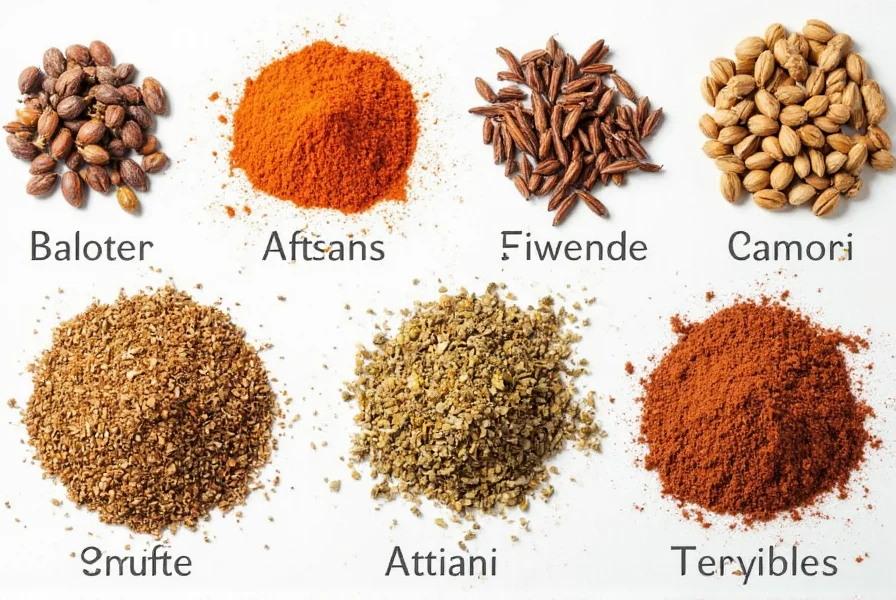









 浙公网安备
33010002000092号
浙公网安备
33010002000092号 浙B2-20120091-4
浙B2-20120091-4